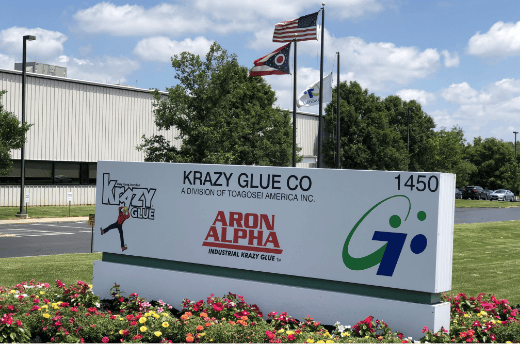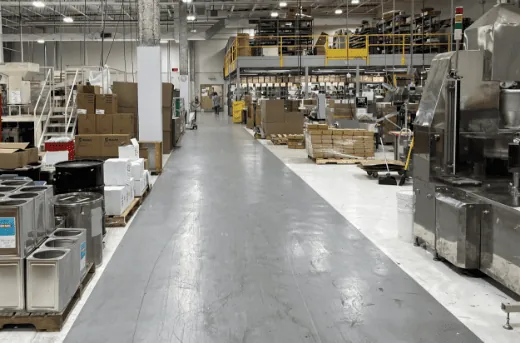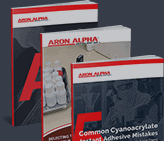Industries That Use Instant Adhesives
Diverse industries use cyanoacrylate adhesives for fast cure times and strong adhesion, including:
Instant adhesives, or cyanoacrylates, are known for their rapid curing capabilities. They utilize moisture to cure, specifically the ion catalysts within water, instigating a chemical reaction of anionic polymerization to complete an adhesive bond virtually instantly. This guide is a collection of the common terminology you’re likely to encounter when working with cyanoacrylates and related adhesives.
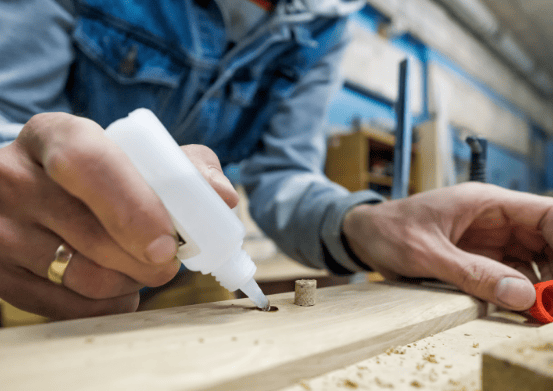
Diverse industries use cyanoacrylate adhesives for fast cure times and strong adhesion, including:
In the automotive industry, industry professionals use cyanoacrylate adhesives for the assembly of a wide range of exterior and interior automotive parts.
Building Supply, Infrastructure & Woodworking Applications for Cyanoacrylates
Cyanoacrylates are instant adhesives that quickly form a strong bond between surfaces in a large variety of applications.
Cyanoacrylates – commonly referred to as CA glue, Krazy Glue®, or instant adhesives – are strong adhesives that bond quickly to surfaces in nearly any application.
Cyanoacrylate adhesives are solvent-free, rapid-curing one-part adhesives derived from ethyl 2-cyanoacrylate monomers.
At Aron Alpha, we supply a broad selection of industrial instant adhesives for a variety of industrial and commercial applications.
Cyanoacrylates are one part, room temperature curing, fast-acting plastic bonding adhesives – they go by other names as well, such as instant glue, Krazy Glue, super glue, and CA glue.
Dental laboratory crown and bridge pin setting in castings and plastic articulator to casting assembly, mortician/funeral room supplies for cranial autopsy and incision bonding, finger print fuming for crime scene investigation, kit packing for customer assembly applications, bow & arrow fletching, gun repair, repairing eye glass frames, costume jewelry bonding stones into rings.
Lorem ipsum dolor sit amet, consectetur adipis cing elit, sed do eiusmod tempor incididunt ut labore et dolore.

Additives that initiate polymerization and speed up cure times in cyanoacrylate, modified acrylic, or anaerobic adhesives
Structural adhesives consisting of methacrylic or acrylic polymers
Less formal name for acrylic adhesive
Additives that accelerate cure times for anaerobic adhesives on non-metallic or passive metal surfaces
Substrates that are bonding with another material or component
Science that examines intermolecular forces and interlocking action at the point of adhesion to see how two components bond
Sticky materials for holding components together or fastening something to a surface
Normal environmental conditions within a space, including sunlight, humidity, room temperature, and atmospheric pressure
Adhesives that cure in the presence of metal ions, but only with the exclusion of air
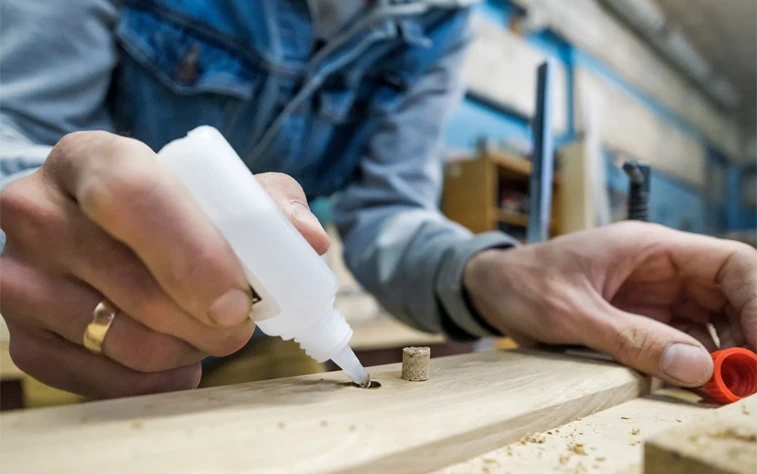
Fast-curing adhesives with two components that combine and cure after a bead of component A is applied and topped with a bead of component B
Interface of a substrate and an adhesive
Amount of force necessary to cause loosening-direction motion for an unseated fastener
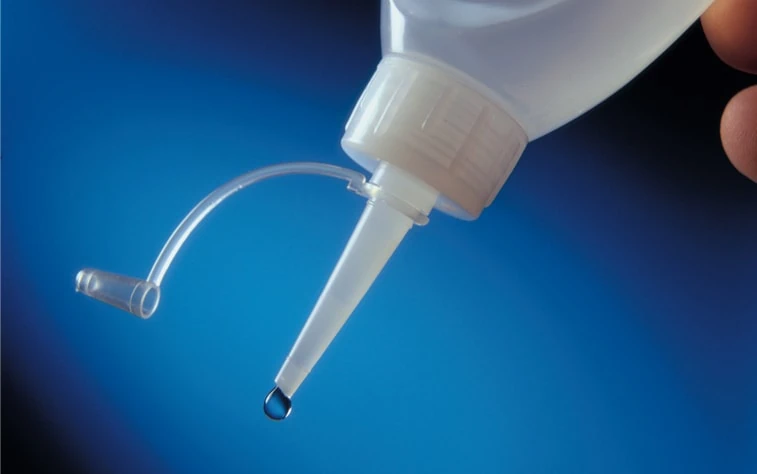
Another name for a cyanoacrylate adhesive
A material’s size change based on alterations to temperature, with higher CtE values indicating an adhesive with more give that’s unlikely to crack
When an adhesive and its bond fail
Amount of time it takes for adhesive to reach a full-strength bond
Amount of time adhesives require to reach full cure strength, factoring in working strength, pot life, fixture speed, handling time, and skin-over time
Category of adhesives including superglue and instant adhesives that are defined by their quick cure rates under exposure to alkalines

Measurement of a material’s capability to serve as an electrical current conductor
One- or two-part adhesives that consist of synthetic thermosetting polymers with epoxide groups
A single-component thermosetting epoxy adhesive with epoxide groups that cures at high temperatures (also known as 1K epoxy or one-component epoxy)
Two-component epoxy adhesive derived from thermosetting polymers that cure when an epoxy resin and hardener combine (also known as 2K epoxy, two-part epoxy, or 2-part epoxy)
Epoxies that are considered safe for food-contact applications per the FDA
Another name for epoxy adhesive
One- or two-component epoxy adhesive with high viscosity
One- or two-component epoxy adhesive that has a very high viscosity
Amount of heat that exothermic materials give off during curing, which is sometimes high enough to cause plastics to melt
Required time for adhesives to achieve adequate cure strength for component handling
Semi-liquid or liquid adhesives that generate a gasket, with the liquid variety enabling full contact between metal components
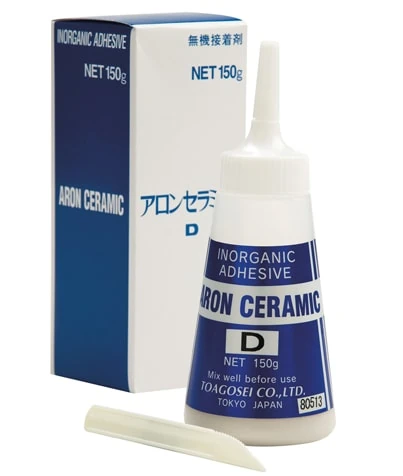
Measure of adhesive strength at room temperature, post higher-temperature aging
One-part epoxies that cure at higher temperatures and contain thermoset polymers with epoxide groups
Epoxy adhesives that can tolerate above-average temperatures, up to 212° F or 355° F for two- and one-part epoxies, respectively
Another name for heat-resistant epoxiesHot strength

Resistance of an adhesive bond when it’s faced with the force of impact
Adhesives that are more specific to their application than those packaged for consumers

Test that joins overlapping flat bar ends to evaluate shear stress
Test that examines a thread locking adhesive-coated threaded piece for its prevailing or breakaway torque
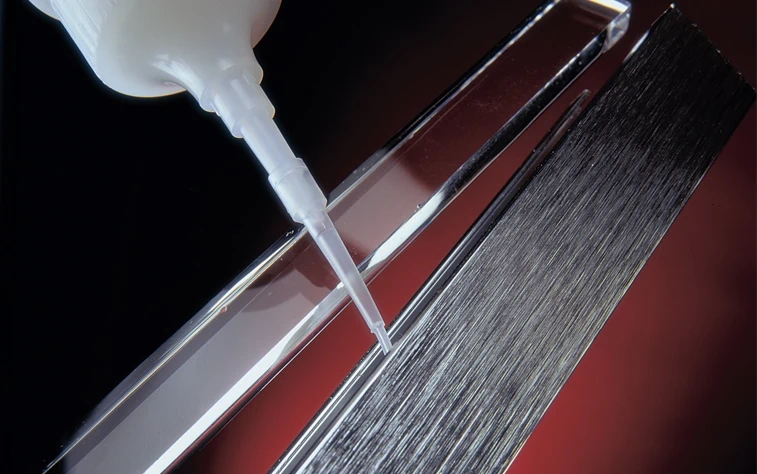
Adhesives that are intended for metal substrates
Acrylic adhesives containing methacrylic polymers
A molecule that can be bonded to other identical molecules to form a polymer
Maintenance, Repair and Operations (MRO) refers to the equipment, tools and activities associated with the daily operations of a business.

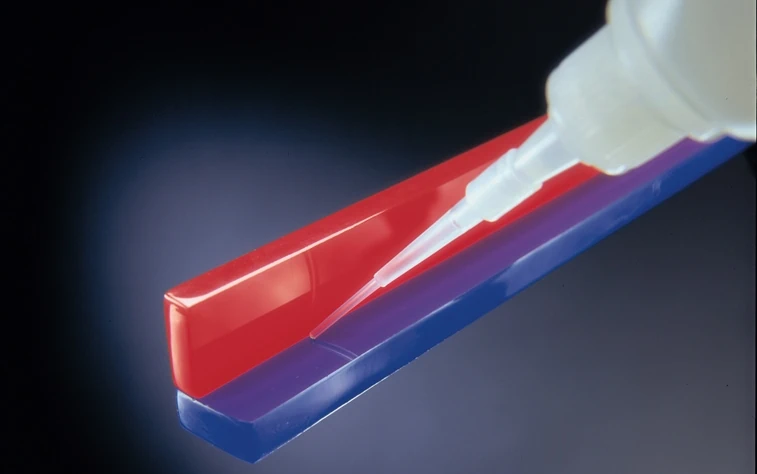
Measurement of a substance’s acidity, neutrality, or alkalinity
Anaerobic adhesives that seal threaded metallic pipework and prevent corrosion and loosening (also known as thread sealants)
Adhesives that are well-suited to plastic substrates
A molecule made up of a chain of repeating units which are chemically bonded together.
Average amount of force necessary post-seating to ensure continuing motion through an initial turn
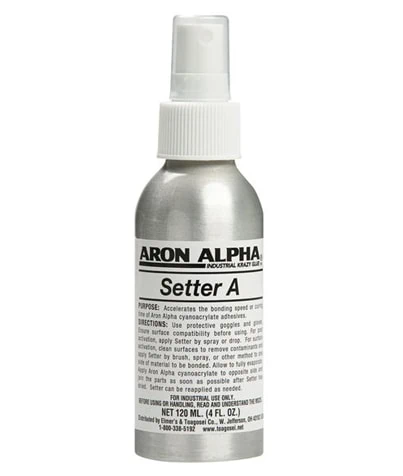
Anaerobic retaining compounds that securely adhere cylindrical non-threaded metal components to housings or shafts (also known as retainers)
Consideration of the effect that a material’s adhesion capability and shear sensitivity have on viscosity
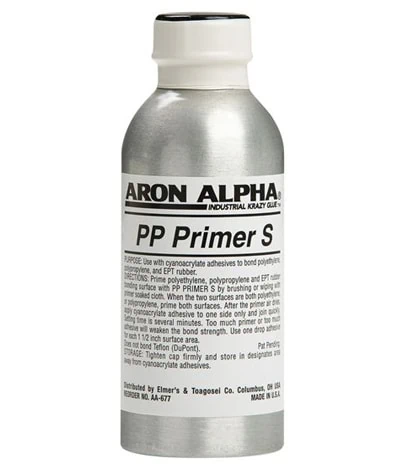
To close off one side of an entrance from the other, sealing up substrates to keep fluid or gas materials out
Hardness of an adhesive as measured with a durometer gauge
Amount of time needed for an adhesive’s surface to be dry to the touch
Test that evaluates shear stress resistance, joining a ring or collar with a pin
Adhesives that generate structural, load-bearing bonds
Material that’s being bonded
Failure of a substrate bond when an adhesive’s strength surpasses the material’s internal strength
Two-component acrylic adhesives that use an acrylic resin on one component’s surface and an initiator on the other
Coatings that alter a surface’s characteristics, enhancing its capability for effective adhesion
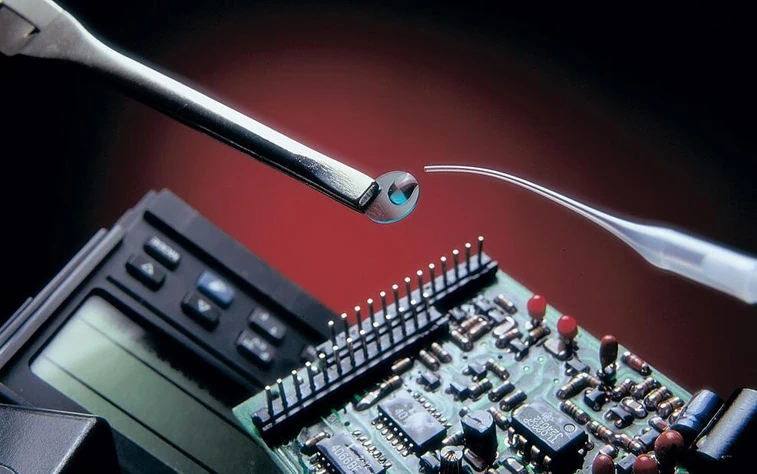
Materials that soften in the presence of high temperatures, transforming into plastic that, when cooled, retains its material strength
Resins that cure only under heat exposure, at which time they become heat-resistant plastics
Flow characteristics of a paste or liquid material
Anaerobic adhesives with optimal sealing capabilities and corrosion resistance that lock metal fasteners to prevent loosening
Corrosion-resistant anaerobic adhesives that seal metal threaded pipework, locking to prevent loosening
Another name for structural acrylic adhesives
Lorem ipsum dolor sit amet, consectetur adipis cing elit, sed do eiusmod tempor incididunt ut labore et dolore.




When applying an adhesive, a dot is a droplet or spot of the substance, and a bead is a glue line. For both, you should carefully manage adhesive volume as well as the dot or bead locations to ensure precision. Changing the nozzle on your application equipment can give you greater control, as needed, over the volume of adhesives you use and where the adhesives go. Knowing your approximate dot and bead size will help you determine how much adhesive you need.

Viscosity scales cover the range of a fluid material’s flow resistance. High values on the scale indicate a thick substance with high flow resistance, and lower values signify a thin fluid with a faster flow. Choosing an adhesive for its uncured viscosity can help you find the right one for your application. Low-viscosity adhesives are ideal for covering a greater surface area in a thin glue film, but they can be runny. High-viscosity adhesives are more difficult to spread, but they can offer superior bonding strength. Remember that heat affects a fluid’s viscosity, so factor in temperature when selecting the optimal viscosity.
Browse our website for information on our industrial high-performance instant adhesives, or contact us today to learn more about the Aron Alpha difference.
Toagosei America, Inc. is a division of the Toagosei Group, which has been in the adhesives business since 1989 in North America. Toagosei launched its cyanoacrylate brand Aron Alpha to industrial manufacturing markets in Japan in 1963 and its Krazy Glue brand to North America consumer markets in 1973. We utilize advanced chemical technology to produce and customize functional adhesive solutions tailored to your unique application. Our Aron Alpha® brand of industrial cyanoacrylate adhesives provides optimal adhesion in everything from manufacturing and general assembly to the automotive and electronics sectors for customers across North America, South America, and Japan.
Browse our website for information on our industrial high-performance instant adhesives, or contact us today to learn more about the Aron Alpha difference.

